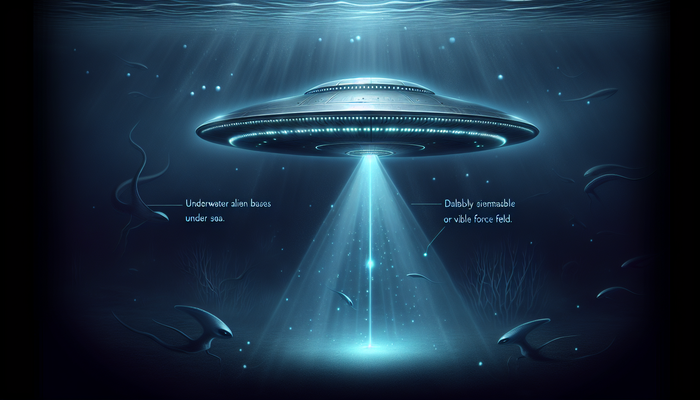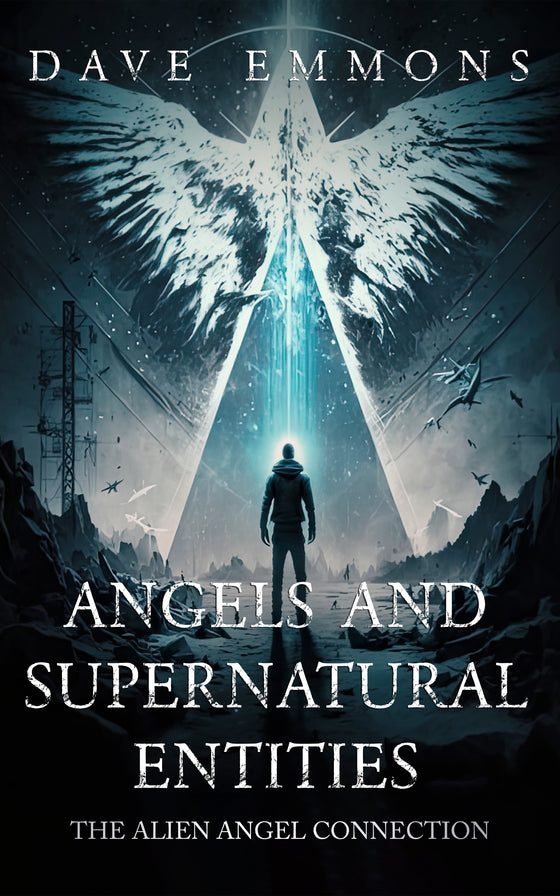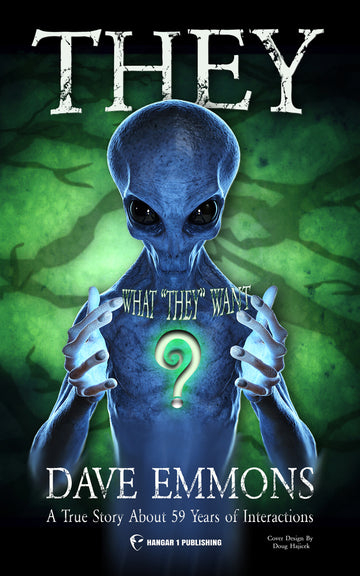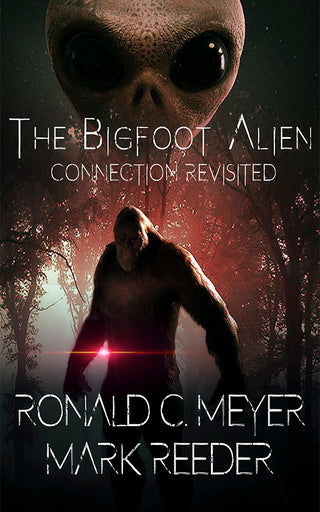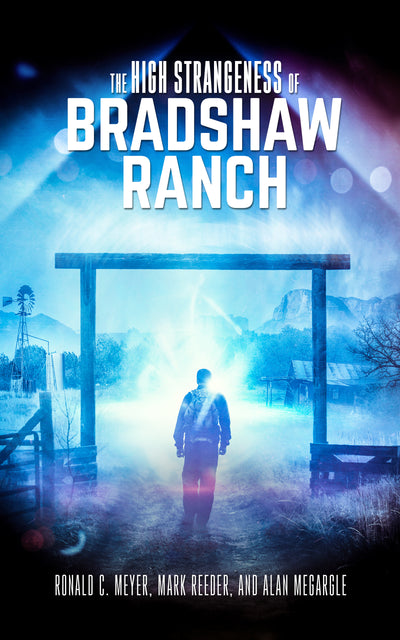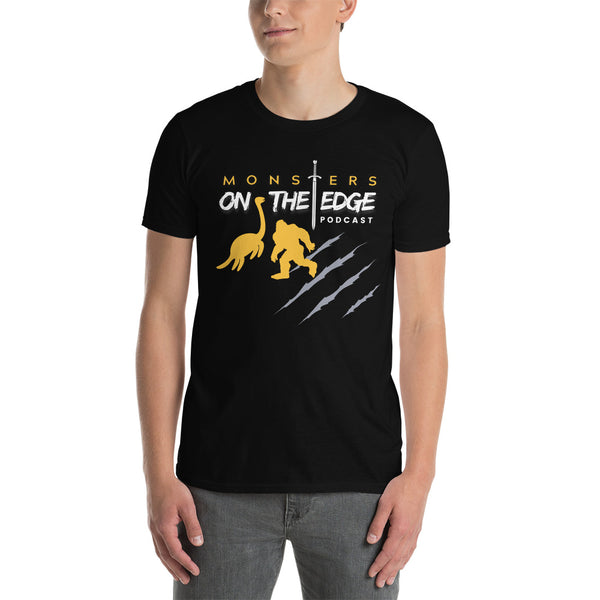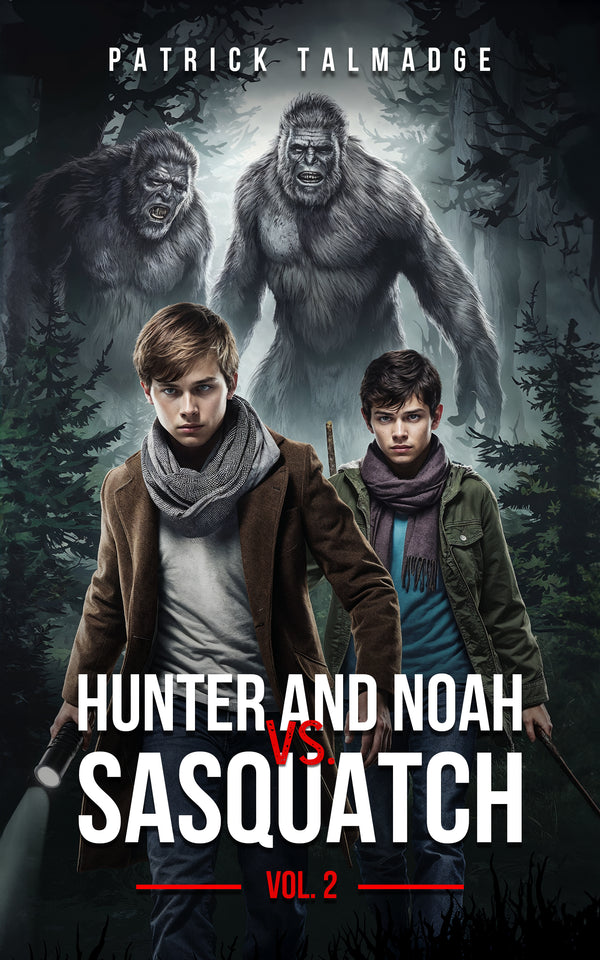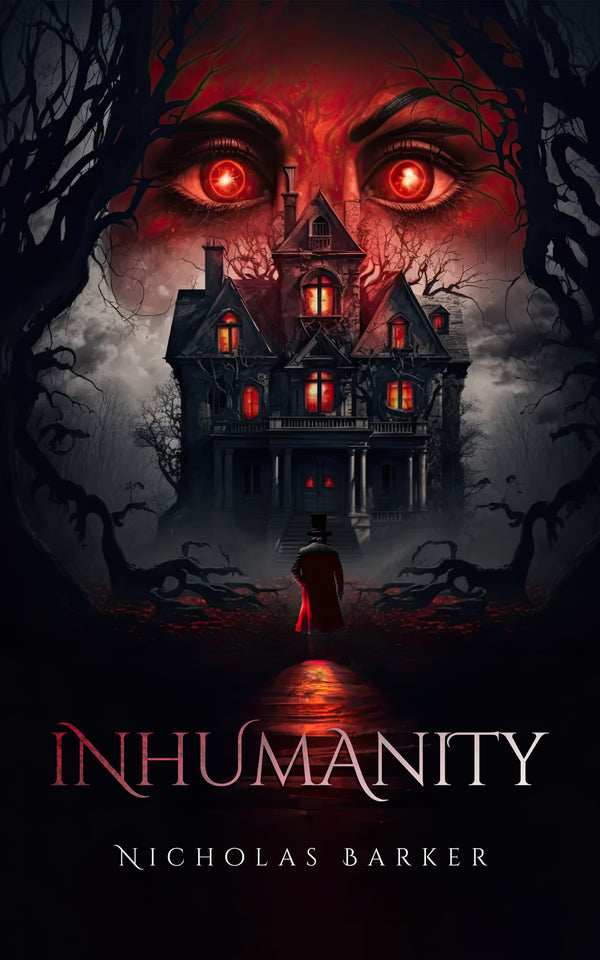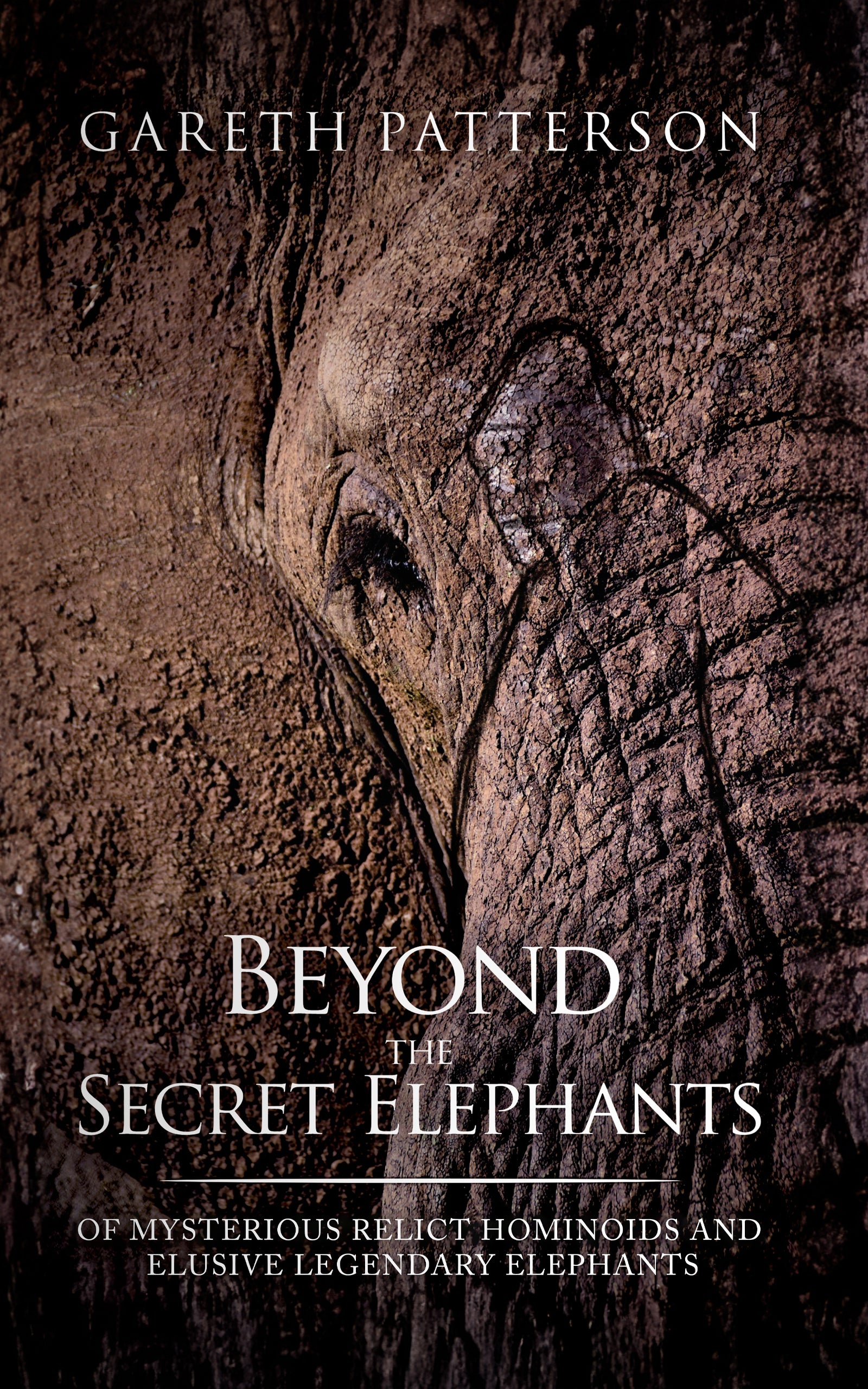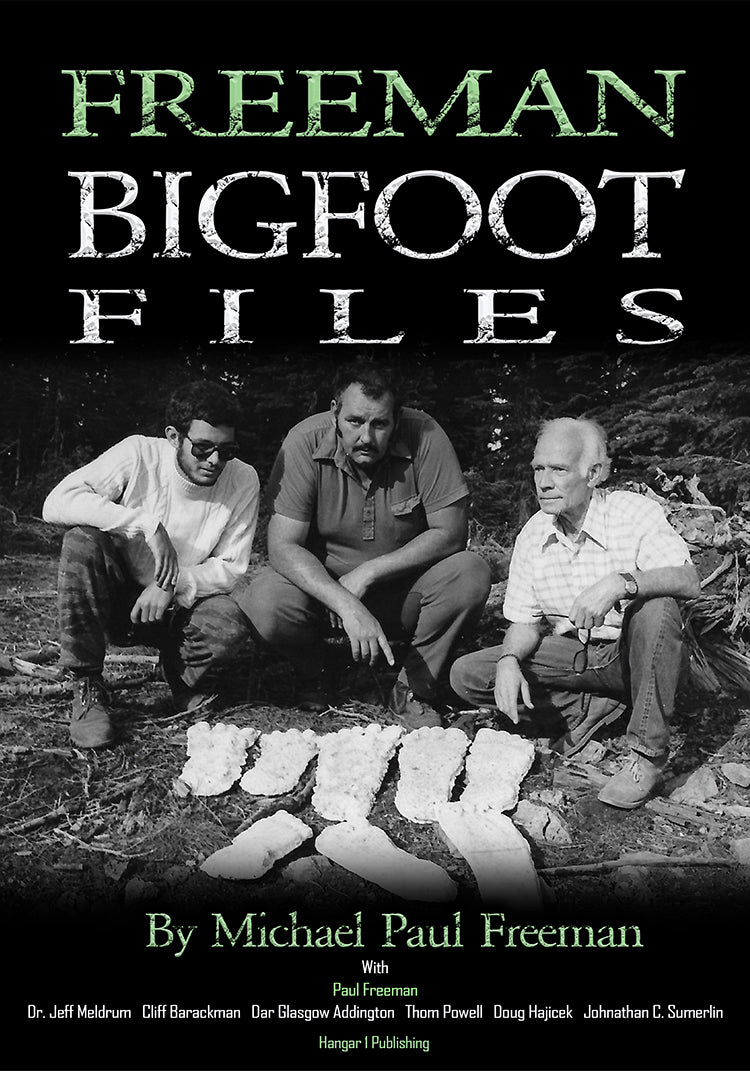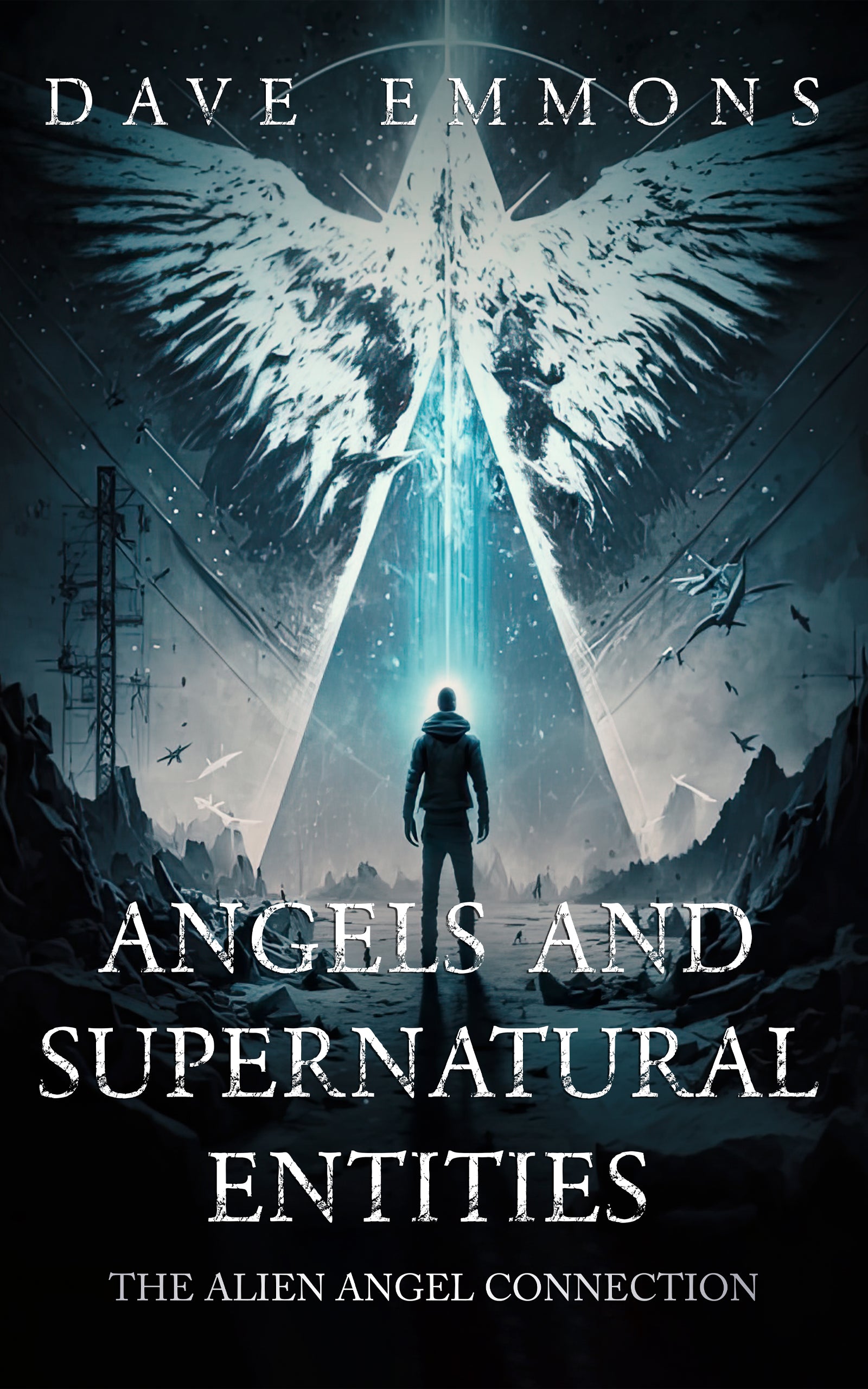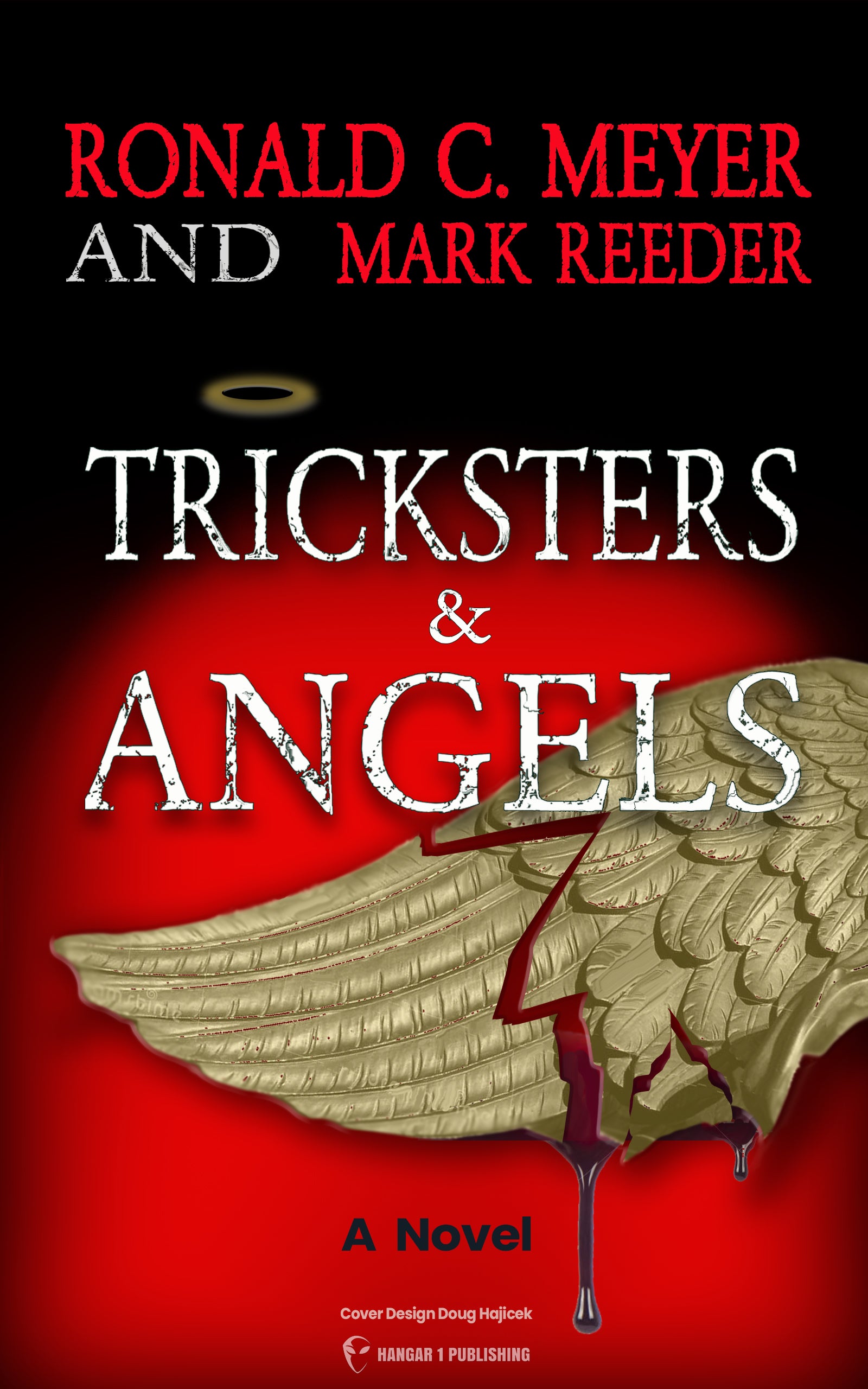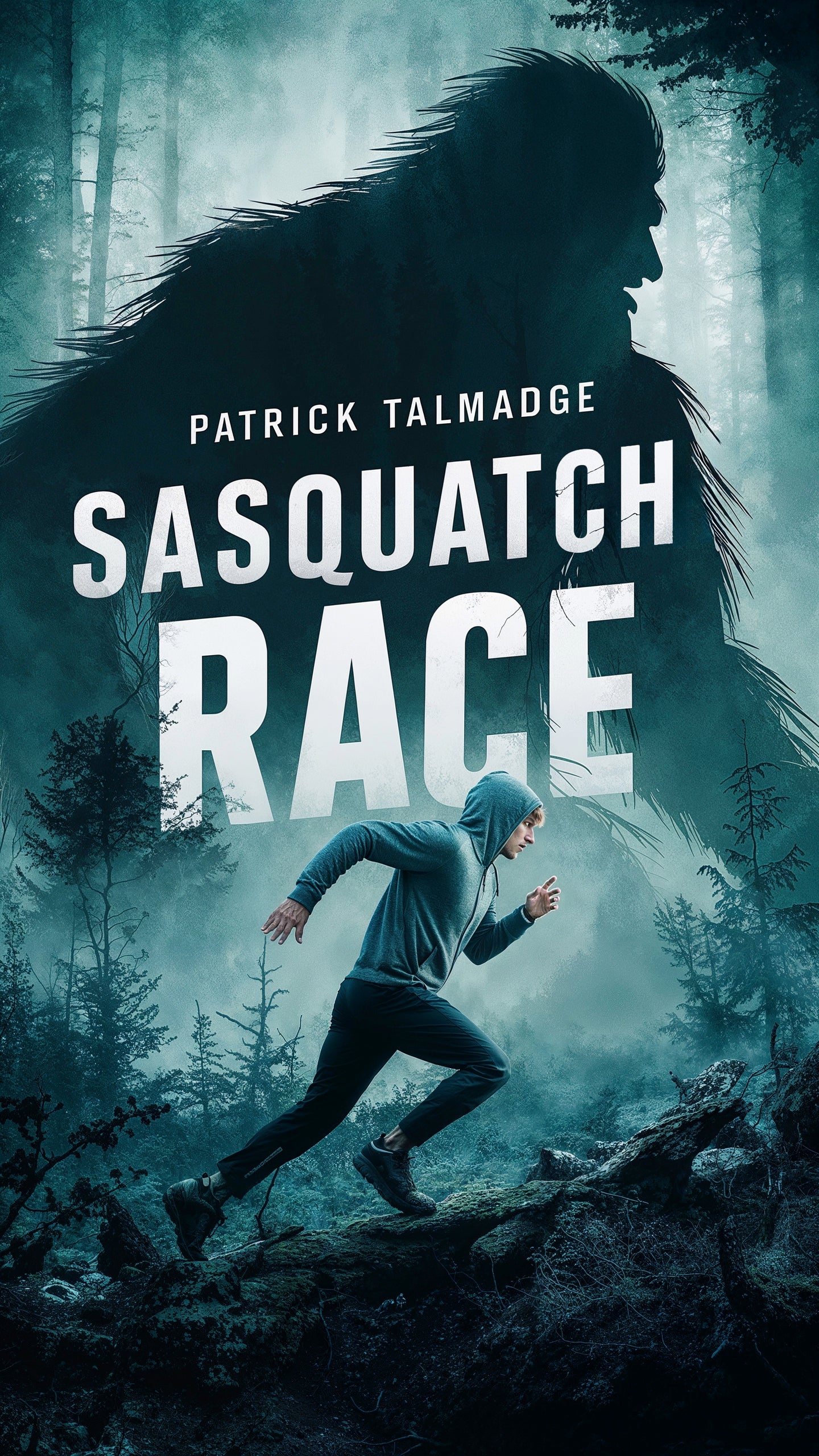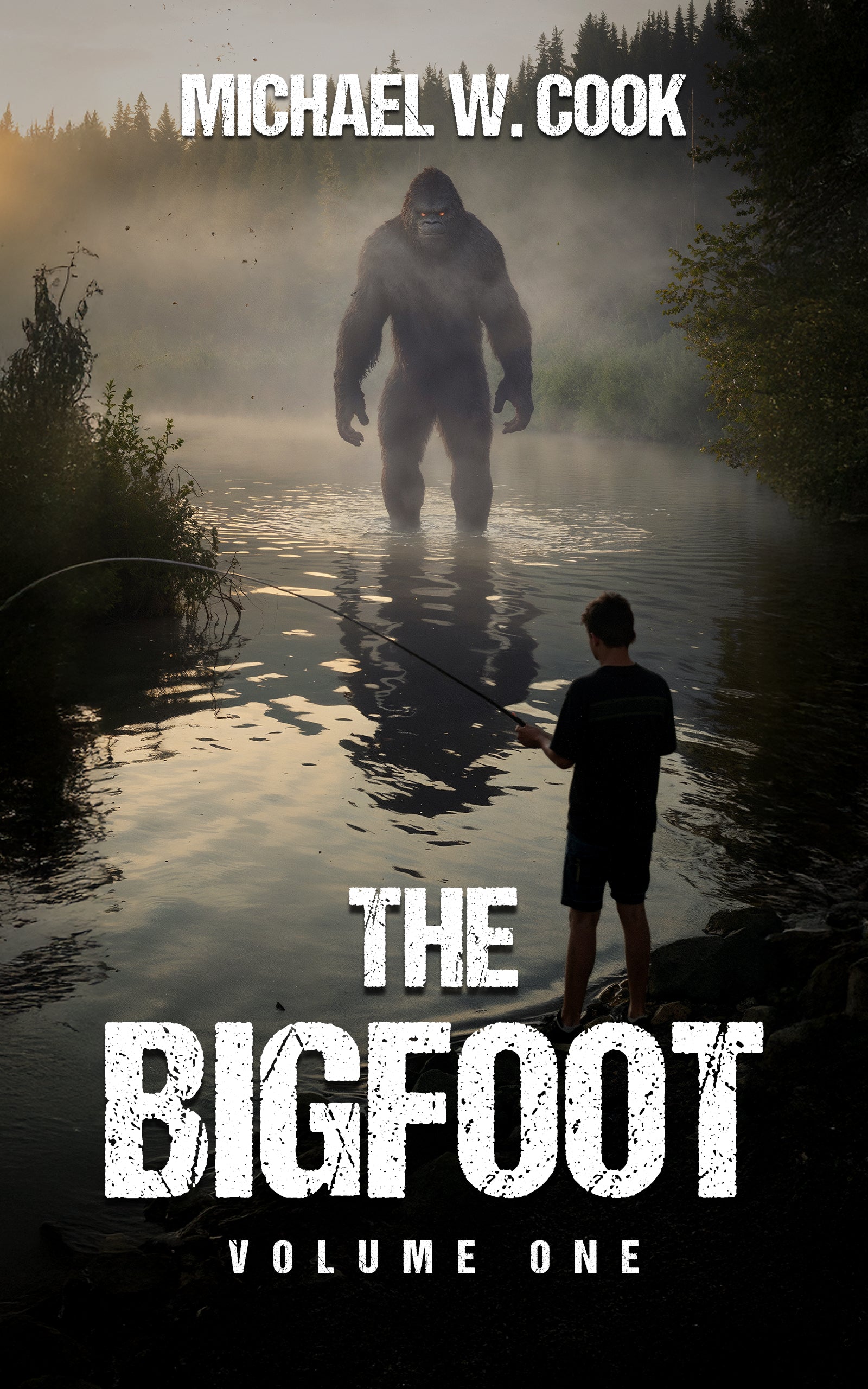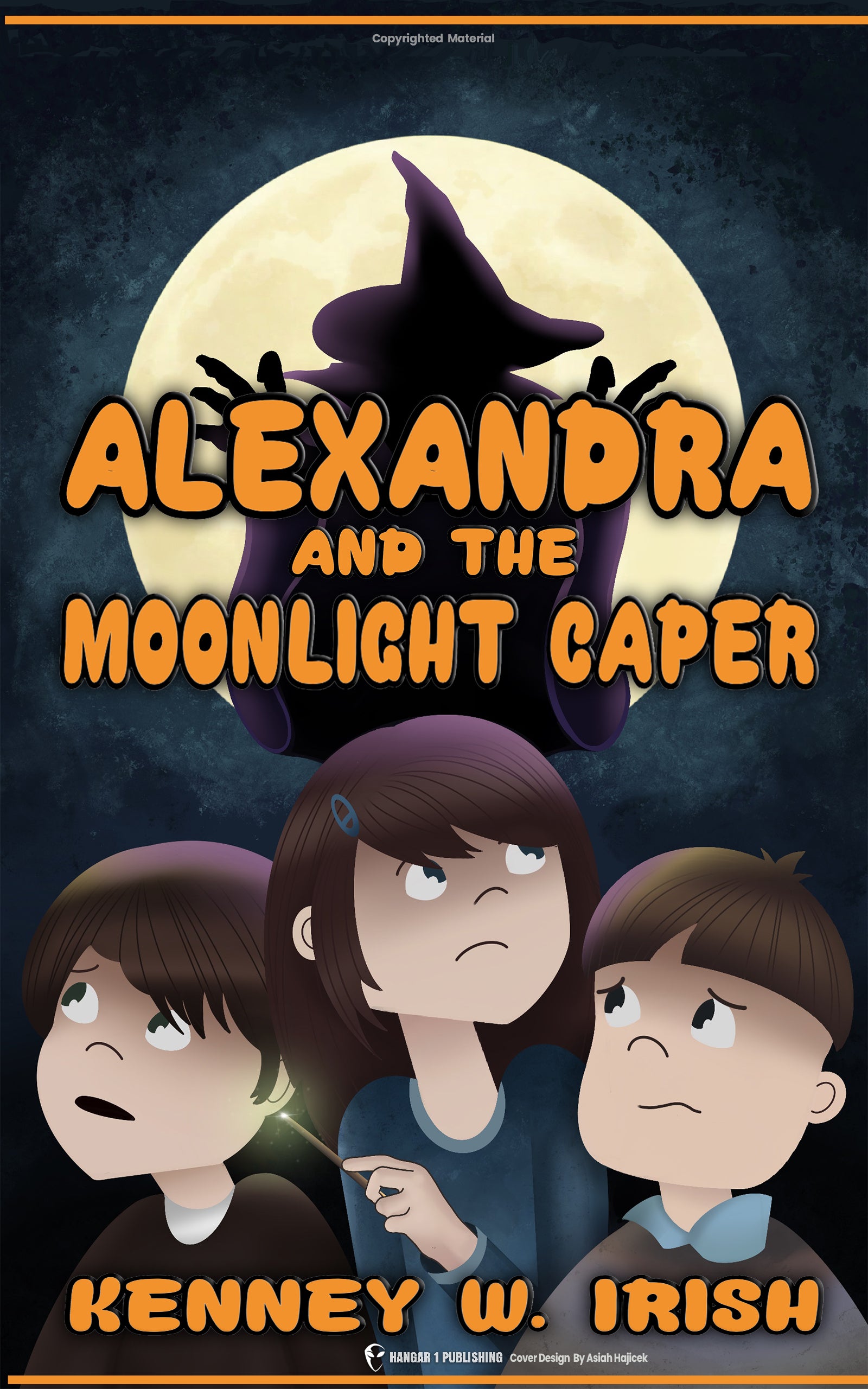What the Citizens’ Hearings on UFOs Revealed
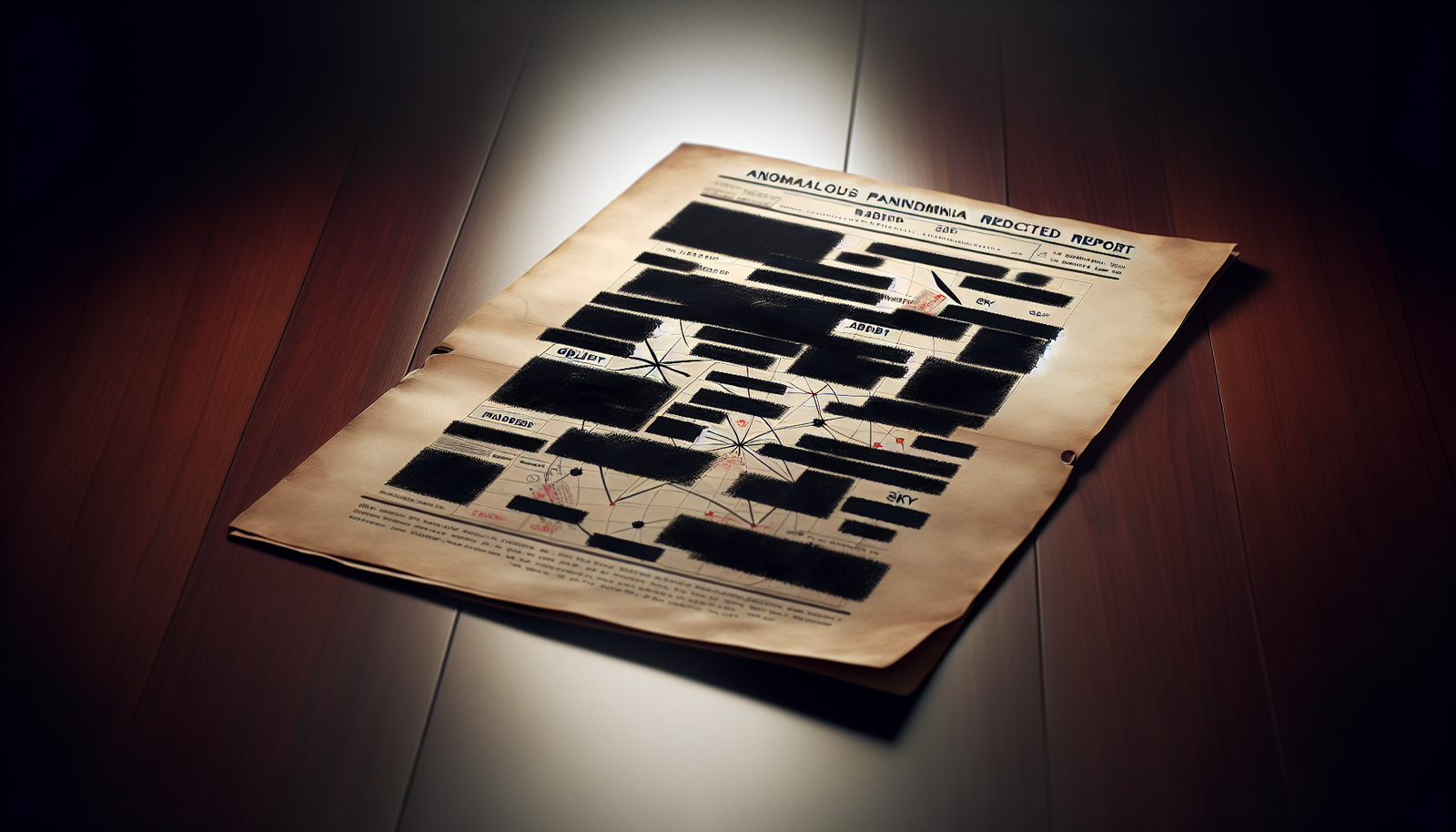
By Amara Okafor, Ufologist
The Unconventional Pursuit of Truth
Imagine you're an air traffic controller in Alaska on a routine shift. Suddenly, a frantic message comes through – not from another controller, but from a Japan Airlines 747 captain. He reports being chased by an object "as big as four aircraft carriers" with yellow and white lights, an object that stays with his plane for over 30 minutes, matching his maneuvers, including a 360-degree turn. This isn't science fiction; it's the account John Callahan, a former FAA Division Chief, gave regarding a chilling event in 1986. Callahan described how radar confirmed the object's presence for 31 minutes, how a United Airlines flight vectored nearby saw the massive craft, and how, soon after, the object turned and followed the United plane. Even more baffling, Callahan stated that all data – voice tapes, radar printouts, even a video he personally took of the replay – was confiscated by men claiming to be from the CIA, who declared, "this event never happened," and swore everyone present to secrecy.
This incident, just one thread in a vast tapestry of the unexplained, sets the stage for the enduring puzzle of Unidentified Flying Objects (UFOs), now more formally termed Unidentified Anomalous Phenomena (UAP). For decades, tales of silent, luminous craft performing impossible maneuvers have echoed through pilot reports, military encounters, and civilian sightings. While official channels often met these accounts with silence or dismissal, a different kind of investigation took root: the Citizens' Hearings on UFOs. These weren't your typical government inquiries held under the Capitol dome; they were public forums, often organized by dedicated advocacy groups, designed to bring suppressed evidence and marginalized voices into the light.
The most prominent example unfolded over five days in May 2013 at the National Press Club in Washington, D.C. This gathering, orchestrated by the Paradigm Research Group, aimed to mimic the seriousness of a congressional hearing, complete with a panel of former lawmakers questioning witnesses under oath. It provides a fascinating case study into an alternative path toward truth, revealing not only compelling accounts but also the complex challenges and controversies surrounding the push for UAP disclosure. While we explore what this specific Citizen Hearing brought forth, we'll also glance at recent official congressional hearings, drawing comparisons and contrasts that illuminate the broader landscape. The central question hangs in the air, much like the phenomena themselves: What did these Citizen Hearings truly reveal about UAP, the persistent rumors of government secrecy, and the unconventional ways people seek answers when official doors remain closed?
Behind the Curtain: Orchestrating the Citizen Hearings
Pulling off an event designed to challenge decades of perceived government secrecy requires organization, strategy, and, apparently, funding. The primary architect behind the 2013 Citizen Hearing was the Paradigm Research Group, led by Stephen Bassett, a long-time advocate pushing for an end to the alleged UAP "truth embargo." This wasn't their first foray; in 2011, they'd petitioned the White House, eliciting a formal response that, while denying extraterrestrial contact, was hailed by Bassett as a significant, albeit small, crack in the official silence – the "first official response... since this exploded on the scene in 1947."
The 2013 hearing upped the ante considerably. The format was meticulously crafted to mirror official proceedings. Witnesses were sworn in, testimony was recorded, and, most visibly, a panel of former US Representatives and a Senator presided, listening intently and posing questions. This wasn't just for show; the structure aimed to confer an air of legitimacy, broadcasting a message that these weren't just fringe stories but serious matters deserving formal consideration, even if the formality was self-constructed. It was like building a stage set that looked convincingly like the real halls of power, hoping the gravity of the setting would lend weight to the words spoken there.
However, a significant detail emerged that colored perceptions of the event: the panelists weren't just volunteering their time. Each of the six former lawmakers – Senator Mike Gravel and Representatives Roscoe Bartlett, Merrill Cook, Lynn Woolsey, Carolyn Kilpatrick, and Darlene Hooley – received a substantial $20,000 payment for their five days of participation. This wasn't a minor honorarium; it was a significant sum, raising immediate questions about motivations. According to Bassett, the initial offer was $10,000, but even that wasn't enough to entice takers initially (not even Dennis Kucinich, who'd spoken of his own sighting). Doubling the offer secured the six participants. Knowing this financial arrangement compels us to wonder: were the lawmakers there purely out of civic duty and curiosity, or was the payment the deciding factor? Did the money subtly influence the proceedings or how the panelists approached the testimony?
The panel itself was characterized by one source as an "eclectic bunch." Chairing the hearing was former Rep. Carolyn Kilpatrick, mother of a disgraced former Detroit mayor. Former Rep. Merrill Cook had faced accusations of being "delusional" from his own aides during a past campaign. Former Senator Mike Gravel was remembered by some for an unusual YouTube video during his presidential bid. And former Rep. Roscoe Bartlett, known for his survivalist views, brought a unique perspective. This mix of personalities and backgrounds undoubtedly shaped the dynamic, bringing different lenses through which to view the often extraordinary testimony.
Voices from the Fringe and Beyond: The Witness Testimony
The real substance of the Citizen Hearings lay in the testimony presented. These events served as a crucial amplifier for voices often relegated to the margins – researchers, military veterans, pilots, and everyday citizens whose experiences didn't fit neatly into official narratives or scientific orthodoxy.
Eyewitness accounts painted vivid pictures of aerial phenomena that defied easy explanation. Peter Davenport, director of the National UFO Reporting Center, presented a catalog of bewildering encounters:
- a fleet of hovering objects over McMinnville, Tennessee, in 1995;
- an "unimaginably" large craft drifting silently over Phoenix in 1997; and,
- near Dallas-Fort Worth in 1999, airline pilots watched a large disc approach their plane and execute a sharp 120-degree turn in less than a second – a maneuver seemingly impossible for conventional aircraft.
His central point resonated: these weren't just lights in the sky; they were structured objects exhibiting flight characteristics beyond our known technological capabilities.
This theme echoed powerfully in the testimony of commercial pilots, a group uniquely positioned to observe the skies yet often hesitant to speak out. Jim Grant, an airline captain with over 32,000 flight hours across 46 years, recounted his own 1995 sighting over New Mexico: an oval, bluish-green object moving rapidly with no radar signature, which then shot back into space at a steep angle. He also described other incidents involving silent, hovering orbs in formation at high altitude. Grant lamented the intense stigma pilots face, the fear of ridicule, job loss, or psychological evaluation that keeps many silent. "Pilots come up and tell me what they've seen," he shared, often recounting encounters over radar-blind ocean areas, "...yet they're afraid of mentioning this mostly for fear of ridicule." This highlights a critical gap – the lack of a safe, confidential way for civilian aviators to report unusual sightings, a deficiency later addressed by proposed legislation like the Safe Airspace for Americans Act discussed in official hearings.
Military encounters added another layer of credibility and detail. Researcher Peter Robbins referenced the famous Rendlesham Forest Incident in the UK, where US Air Force personnel reported close encounters with a landed craft. But perhaps most striking was the testimony of Major Richard French, a retired Air Force fighter pilot with combat experience in Korea and Vietnam. He described a 1962 intercept mission over the North Sea where his KB-50 tanker crew tracked a massive radar target near Stonehenge—a target that suddenly lit up and accelerated vertically at incredible speed. More astonishingly, French recounted witnessing two submerged UFOs off the coast of Newfoundland, observing what he believed were gray aliens performing maintenance before the craft shot out of the water at speeds exceeding 2,500 mph. He also reported seeing cigar-shaped craft entering and exiting volcanoes in various locations, leading him to speculate about their purpose, perhaps even defending the Earth. These accounts, while extraordinary, came from trained military observers.
The net was cast wider still. Gary Heseltine, a former UK police detective, presented data on over 425 UAP cases reported by more than 940 British police officers, emphasizing that these were trained observers, often reporting in groups. This countered the notion of sightings being solely the domain of unreliable individuals.
Then there was the testimony that pushed the boundaries of conventional UAP discourse. Journalist Linda Moulton Howe presented graphic evidence of livestock mutilations – animals found with organs surgically removed, often drained of blood, with no tracks nearby. She displayed slides showing clean, high-heat cuts and linked these events to witness reports of glowing discs and beams lifting animals. Howe speculated about connections to advanced cloning technology and asserted that US intelligence agencies like the CIA possessed more data on the phenomenon than she did. While deeply unsettling and certainly controversial, Howe's testimony underscored the breadth of phenomena sometimes associated with UAP within the disclosure movement, extending far beyond simple aerial sightings.
Ground-level perspectives provided raw, immediate accounts. Steve Allen, a private pilot who witnessed the 2008 Stephenville, Texas event from the ground, gave a gripping narrative. He described seeing a massive, silent object – perhaps half a mile wide and a mile long – with intensely bright lights. He watched it stop, reconfigure its lights, burst into flames, and simply vanish. Moments later, he saw it return, this time pursued by two F-16s flying low with full afterburners roaring, shaking the ground. He noted the sheer number of witnesses (around 200) and the later-released radar data confirming an object making impossible speed changes (from nearly 2000 mph to under 50 mph in seconds) while being tracked and flanked by military jets near President Bush's ranch. His closing questions – "What could have outperformed our best aircraft? Why were they chasing it with vengeance? Is it a danger... do they mean us harm?" – captured the profound unease such events provoke.
Tying many threads together was John Callahan's deep dive into radar technology, stemming from his 1987 Alaska incident. His explanation of how FAA radar systems work provided crucial context. He detailed how objects without transponders appear as simple dots or dashes, easily missed by controllers managing busy airspace. Furthermore, he explained that large, non-transponding radar returns might be automatically filtered out by the system as "weather," or simply ignored if the controller has toggled off the weather display. Fast-moving UAP might only provide one or two "hits" on a radar scope before vanishing from a controller's sector, making them seem like fleeting anomalies rather than solid objects. This technical insight helps explain why radar evidence isn't always present even when witnesses report seeing a craft, and crucially, why its absence doesn't automatically discredit a sighting. Callahan's account of the alleged CIA confiscation and enforced secrecy added a firsthand narrative of the very cover-up the hearings sought to expose.
Unpacking the Allegations: Government Cover-Up and Secrecy
At the heart of the Citizen Hearings beat the drum of government cover-up. It wasn't just a side theme; it was the central pillar holding up the entire edifice. The core assertion, echoed by witness after witness, was that governments, particularly the US government, knew far more about UAP and potential extraterrestrial intelligence than they were admitting, and had actively suppressed this knowledge for decades.
The historical rationale often presented, particularly in the 2013 Citizen Hearing, pointed to the Cold War. The fear, supposedly, was that revealing the existence – and potentially the technology – of advanced non-human craft would hand a dangerous advantage to adversaries like the Soviet Union. Keeping mum was framed as a matter of national security during a time of intense global rivalry.
But why would secrecy persist long after the collapse of the Soviet Union? Here, the explanations offered at the Citizen Hearing became more speculative, bordering on classic conspiracy theories. Perhaps the recovered alien technology remained undeciphered. Perhaps the revelation would fundamentally alter human society, causing people to shed national allegiances and identify as "Earthlings," destabilizing the world order. Or maybe, as some suggested, the visitors possessed technology for limitless free energy, a discovery powerful energy corporations would have a vested interest in suppressing. While these contemporary reasons lack the concrete grounding of the Cold War argument, they formed part of the narrative presented to explain ongoing secrecy.
More recent official congressional hearings dramatically amplified these allegations, adding disturbing claims of active suppression and disinformation campaigns aimed at discrediting whistleblowers. Lou Elizondo, a former DOD official who once ran a government UAP program (AATIP), testified about a "culture of suppression and intimidation," claiming he and colleagues faced "unwarranted criminal investigations, harassment, and efforts to destroy one's credibility." He dropped a bombshell detail: the Pentagon's public affairs office allegedly employed a psychological operations officer as the sole point of contact for UAP inquiries, an individual Elizondo accused of spreading misinformation to discredit the topic. Retired Rear Admiral Tim Gallaudet recounted his own unsettling experience, stating the DOD's official UAP office, Arrow, attempted an "influence operation" on him, seeking to discredit valid reports like the Tic Tac incident and cast doubt on credible whistleblowers.
Journalist Michael Shellenberger, also testifying officially, described bureaucratic stonewalling, citing the government's increasing use of FOIA exemptions (like the B7 "law enforcement" exemption) to deny UAP information requests, even after acknowledging the existence of relevant records. He claimed the Pentagon and intelligence community were violating their constitutional duty to keep Congress informed.
Shellenberger further introduced the name of an alleged, highly classified UAP documentation program: "Immaculate Constellation." Citing whistleblower sources, he described it as an "unacknowledged special access program" (USAP) tasked with consolidating UAP observations using a vast array of intelligence assets – satellites, atmospheric sensors, aircraft, maritime platforms – collecting high-quality imagery (IMINT), measurement and signature intelligence (MASINT), and human intelligence (HUMINT). The staggering implication, according to Shellenberger, is that the government possesses "hundreds, maybe thousands" of clear photos, videos, and sensor readings far superior to the blurry snippets released publicly. He recounted specific alleged database entries: an F-22 fighter being "boxed in" by metallic orbs it couldn't target, and crystal-clear footage of a white orb emerging from the ocean off Kuwait.
The most explosive allegations, however, came from former Air Force intelligence officer David Grusch in an official hearing, claims largely corroborated by Lou Elizondo (who stressed he was restricted by NDAs from discussing specifics). Grusch testified under oath that the US has operated a secret, multi-decade program dedicated to retrieving crashed UAP and attempting to reverse-engineer their technology. He went further, claiming the recovery of "non-human biologics." Elizondo added weight, stating he'd seen official documentation proving government employees received compensation for injuries sustained during UAP encounters – a seemingly impossible contradiction if no such craft exist or have been recovered. Elizondo also alluded to the alleged collection of biological samples, or "bodies," occurring decades ago, possibly before he was born, and mentioned a specific, allegedly blocked attempt to transfer recovered material from contractor Bigelow Aerospace to Lockheed Martin. This narrative wasn't entirely new; Major Richard French, at the Citizen Hearing, recalled hearing decades ago that Lockheed Skunk Works head Ben Rich had boasted they could now "take ET home," a claim met with skepticism even then by panelist Senator Mike Gravel.
Skepticism, Scrutiny, and the Search for Credibility
Extraordinary claims demand extraordinary evidence, and the Citizen Hearings, despite their earnest efforts, faced their share of skepticism, both from within and without. The very panel of former lawmakers, though paid to be there, didn't simply nod along. Representative Roscoe Bartlett, for example, persistently questioned witnesses about tangible proof, specifically asking if anyone had actually seen the alleged alien bodies from Roswell wreckage. Representative Lynn Woolsey carefully framed her participation around government transparency rather than implicitly endorsing extraterrestrial claims. Their questioning introduced a necessary element of critical thinking into the proceedings.
Outside the hearing room, the event drew scrutiny. The Daily Beast labeled it a "faux hearing," emphasizing the $20,000 payments to the former lawmakers and their sometimes "weary faces" or "bored" expressions. This framing highlights how the unconventional setup, particularly the financial element, could undermine its perceived legitimacy in the eyes of mainstream observers. Furthermore, the inclusion of testimony on highly controversial topics like livestock mutilations, while perhaps compelling to long-time believers, likely alienated or raised red flags for a broader audience seeking verifiable facts. It's the challenge any investigation faces when venturing into territory far outside established norms – how do you maintain credibility when the subject matter itself strains belief?
The inherent difficulty of providing concrete "proof" loomed large. Much of the evidence presented relied on eyewitness testimony, which, however sincere, is subject to perception and memory issues. Photographic or radar evidence, while powerful, could be interpreted in multiple ways or, as John Callahan explained, might be absent due to technical limitations or alleged suppression. Airline Captain Jim Grant acknowledged this struggle, noting how hard it is to get definitive proof, especially when those potentially possessing it are bound by high security clearances and fear for their careers or families.
This lack of universally accepted, smoking-gun evidence was echoed even in the official congressional hearings. Lawmakers noted that official bodies like Arrow, despite investigations, had reportedly been unable to substantiate some of the most startling claims made by whistleblowers like David Grusch. The Pentagon itself, through spokeswoman Sue Gough, flatly denied the existence of verifiable information supporting claims of past or present programs involving the possession or reverse-engineering of extraterrestrial materials. This official counter-narrative stands in stark contrast to the assertions made in both citizen and official hearings. Add to this the scientific skepticism frequently voiced, pointing to the immense distances and physical challenges of interstellar travel as arguments against frequent alien visitation (as detailed in the TIME article), and the uphill battle for definitive proof becomes clear. As former NASA official Michael Gold aptly put it during an official hearing, science tends to favour simpler explanations, and rigorous, verifiable data is needed to move beyond speculation.
Interestingly, even completely unrelated government reports can sometimes touch on themes that resonate within the UAP context. The "Operation Gatekeeper" report, detailing allegations that Border Patrol supervisors instructed agents not to respond to or relay citizen calls about "aliens" (meaning undocumented immigrants) to keep apprehension numbers low, offers a tangential glimpse into how citizen reports of unusual or unauthorized activity can clash with official priorities and potentially lead to accusations of suppression. While this report has absolutely nothing to do with UAP, the dynamic it describes – citizen observation versus alleged official disregard – mirrors a core complaint within the UFO disclosure movement, highlighting a broader societal tension between public reporting and institutional response.
Implications and the Path Forward: What the Hearings Call For
Whether originating from a citizen-led stage at the National Press Club or the formal setting of a congressional subcommittee room, the underlying message from those scrutinizing the UAP phenomenon is remarkably consistent: lift the veil. The central plea reverberating through both types of hearings is for greater government transparency and disclosure regarding what is known about these anomalous objects.
This plea is often coupled with a demand for robust oversight. Witnesses and lawmakers in official hearings, like Admiral Gallaudet, called for Congress to exercise its authority more forcefully, questioning the perceived lack of transparency from newly formed offices like Arrow and highlighting concerns about potential violations of the constitutional duty to keep the legislative branch informed, as argued by Michael Shellenberger. If the government is spending taxpayer money on investigating—or allegedly concealing—UAP, the argument goes, then elected representatives have a right and responsibility to know the details.
Protecting those who dare to speak out emerged as another critical need. Lou Elizondo’s impassioned call for a safe environment for whistleblowers, free from the harassment, career destruction, and even threats he claims to have faced, underscores the personal risks involved in challenging entrenched secrecy. Establishing clear, effective safeguards for individuals sharing sensitive information is seen as paramount to uncovering the truth.
Beyond demanding existing information, there's a recognized need to gather better information. Official hearings saw recommendations for leveraging NASA's expertise, potentially using AI to scour its vast archives for anomalies or establishing its trusted Aviation Safety Reporting System (ASRS) as a confidential channel for civilian and commercial pilots to report UAP sightings. This directly addresses the stigma and lack of reporting mechanisms highlighted by pilots like Jim Grant in the Citizen Hearing. Bipartisan legislative efforts like the Safe Airspace for Americans Act aim to codify such reporting systems. Furthermore, the call for purpose-built scientific instruments, as suggested by Michael Gold, acknowledges the limitations of relying on data captured incidentally by gun cameras or cell phones.
National security remains a prominent driver in official discussions. Whether UAP represent advanced drones from adversaries like China or Russia, pose navigational hazards, or represent something else entirely, the potential risks demand serious attention. The reported clustering of sightings near sensitive military bases and nuclear facilities, as testified by Elizondo and others, fuels concerns about surveillance or potential interference. This leads to calls, like Representative Timmons', for clear legal authorities allowing law enforcement and the military to appropriately engage with these phenomena. The prospect of "technological surprise," as Gold termed it, hangs heavy – the fear that another nation, or someone else entirely, might harness advanced capabilities while the US remains reactive.
To address this complex issue effectively, many advocate for a unified, "whole-of-government" approach. The current fragmented landscape, with roles spread across the Pentagon, CIA, NASA, Department of Energy, and others, lacks clear leadership and coordination, according to witnesses like Elizondo and Gallaudet. A centralized strategy, encompassing not just government agencies but also academia and the private sector, is viewed as essential.
Ultimately, beneath the layers of secrecy, security concerns, and witness testimony lies the potential for discovery. Michael Gold championed the view that anomalies drive scientific progress. Embracing the study of UAP, regardless of their ultimate explanation, offers a chance to expand human knowledge. The Citizen Hearings, for all their unconventional methods and controversies, alongside the growing engagement from official bodies, represent crucial steps in a persistent, evolving quest. It's a pursuit not just for answers about lights in the sky, but for a deeper understanding of our place in the universe and the technologies or intelligences that might share it with us. The journey for truth, it seems, is far from over.
From Bigfoot to UFOs: Hangar 1 Publishing Has You Covered!
Explore Untold Stories: Venture into the world of UFOs, cryptids, Bigfoot, and beyond. Every story is a journey into the extraordinary.
Immersive Book Technology: Experience real videos, sights, and sounds within our books. Its not just reading; its an adventure.







